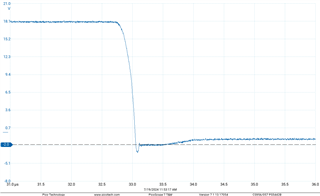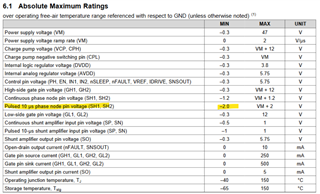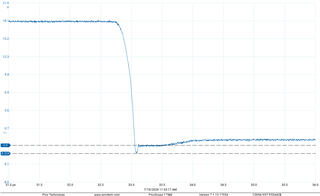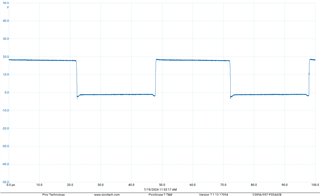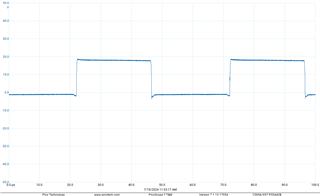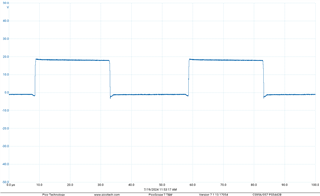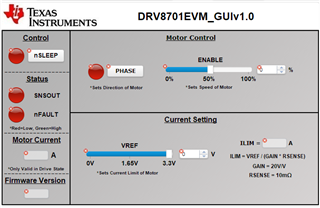Other Parts Discussed in Thread: DRV8701
Tool/software:
Hello,
We are using the DRV8701EVM and noticed that the phase node voltage is almost -2V which is close to rated spec which lasts about 50ns. For sub 100ns events is there any relaxed spec or does this apply? This is using the motor at full load.


